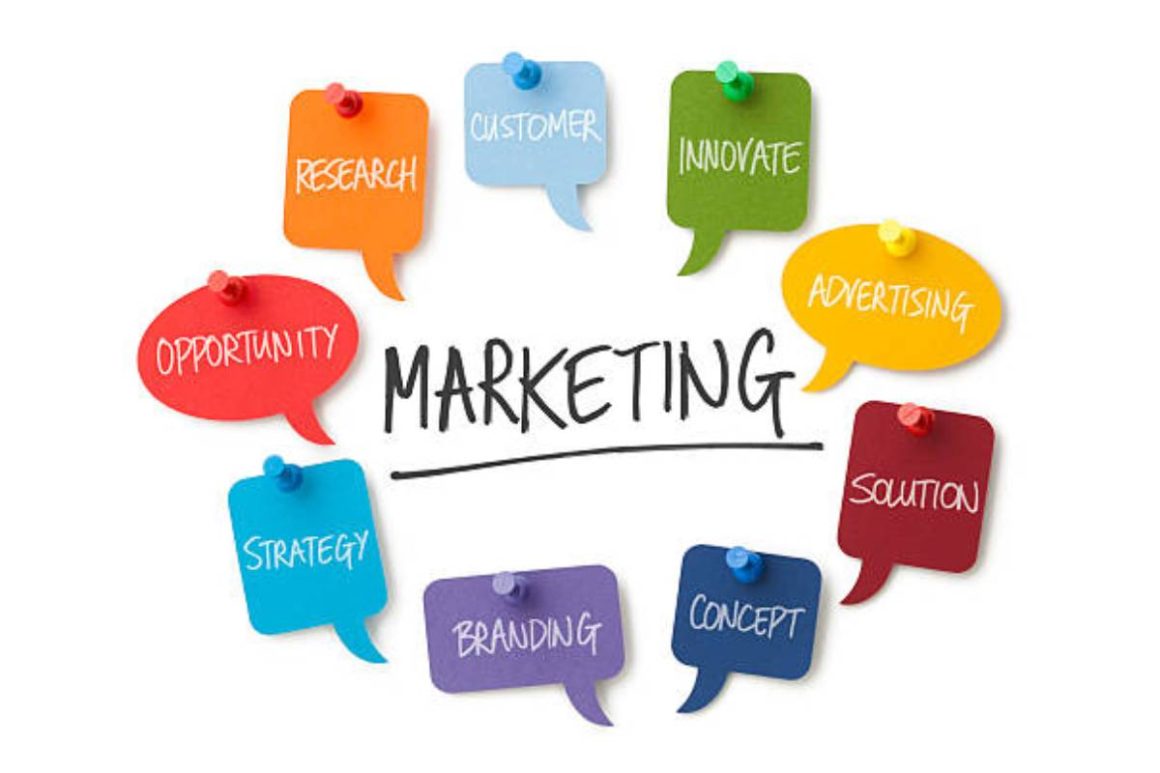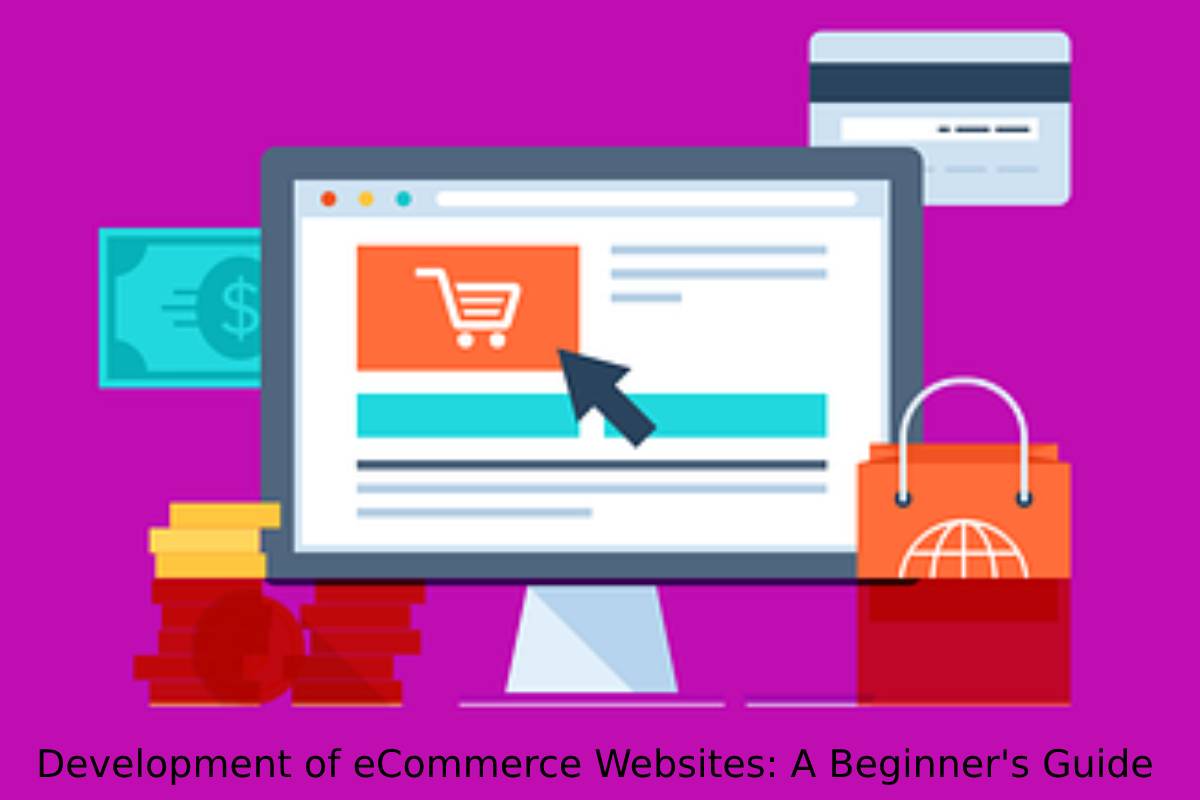Did you know that 5.4 million new business applications were filed in 2021? That is an insane number, and much higher than any other year in the history of the United States. What does this indicate? That people are willing to leave the workforce in droves in order to start their own business. Of course, not every one of those 5.4 million applications means that someone left a career to pursue something new, but that is still a massive wave of entrepreneurship.
Perhaps you were one of those 5.4 millions businesses, or you plan to be counted in the statistics for this year or the next. Starting a business is a dream for many ambitious individuals, but the reality of how much work it can take often sets in later. Sure, it sounds great to be your own boss and set your own schedule, providing a product or service that you feel passionate about. But what about the first two years where you can barely make enough to pay your bills, let alone keep the business afloat? How do you build a sustainable customer base and have enough production output to turn a profit?
These are the challenges that new business owners face. Perhaps the most difficult stage for a startup is finding customers. You need to create brand awareness and convince people that you can provide a solution for their needs. That’s what marketing is. Communicating messages through various channels to your potential/existing customers to drive them to take action. Let’s talk about strategy.
Table of Contents
Creating a Marketing Plan
Before you have any hope of success with your startup, you need a plan for marketing. How will you connect with customers and convince them to buy what you are offering? Before you start sending emails or creating social media posts, you need to come up with a plan.
Find Your Target Audience
No group will be a more significant indicator of your potential succes than your target audience. In other words, who are the people who can benefit the most from your product? These ideal customers should become the focus of your marketing campaign. Figure out what their lifestyles are like. How much money do they make and how do they spend their free time? What worries or stresses do they experience? What motivates them? The more you understand this group, the easier it is to create messaging that will connect with them.
Lay Out Specific Goals
Having goals that you can aim for creatse a more focused plan that prevents you from wasting time. These goals should be very specific, attainable, and measurable. Before you initiate your marketing campaign, know what key performance indicators you will be tracking to determine success. Have smaller milestones within each larger goal that allow you to make frequent and consistent progress along the way. The more focused your marketing goals are, the more you will learn from the losses and the wins.
Leveraging Emotions
Most purchasing decisions are made on an emotional level. This means that your messaging should evoke emotions within your audience. These could be positive emotions like joy and peace or negative ones like fear and regret, though positive emotions tend to create stronger reactions. Your marketing strategy should focus on drawing out emotional responses from the audience so that they are drawn to the solution your brand provides.
Choosing the Right Channels
Choosing the right channels is just as important as the content of the message. First, you need to know what channels your target audience is most likely to interact with. Do they spend all day on social media or do they watch the evening news and cable programming exclusively? Will they notice a billboard during a commute or advertising on a park bench? Here are a few marketing channel examples.
Promotional Products
The use of branded merchandise allows companies to give away items that contain their brand information. This strategy is perfect for startups that want to build a local presence, as it can expose a new brand to many potential customers in the target market. A few promotional item ideas you could use to increase brand awareness are insulated tote bags, t-shirts, koozies, and notebooks.
Website SEO
A business’s online presence can be highly effective with search engine optimization. When your content and site structure provide value to potential customers who are searching for solutions in your industry, search engines like Google will rank your website higher on results pages, leading to greater organic traffic.
Print Advertising
Want to go a little more old-fashioned for your audience? Advertising via printed materials still holds a place in the marketing world. Newspaper/magazine ads, billboards, signs, and flyers can effectively communicate your message to certain audiences with the right mix of design and copy.
Social Media
It’s the 21st century, and if your business is not on any social media platforms, you are missing out on huge, and I mean HUGE, portions of the population. Facebook, LinkedIn, Instagram, and Twitter are some of the most popular sites in the world, allowing people to connect with friends, families, and brands that they care about.
Maximize Your Marketing Budget
With most startups, owners do not have access to a ton of funding at the beginning. For this reason, you’ll have to maximize whatever resources you have for marketing purposes. If bulk ordering branded merchandise can quickly raise brand awareness in town, do it. If a social media campaign will lead to more interactions with customers, focus on that channel.
Find out how your target audience wants to be communicated to and cater your marketing efforts to meet those preferences.



